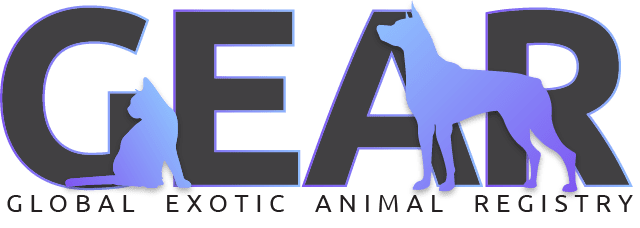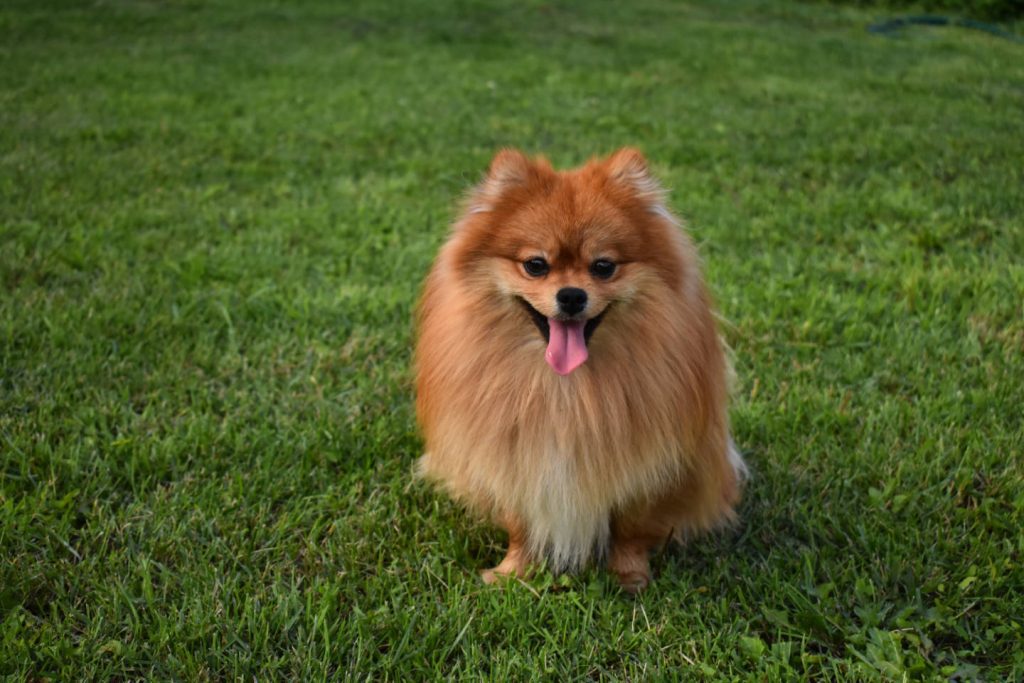Fox-faced Beauty
The Pomeranian breed got their name from a province in Germany called ‘Pomerania’. These dogs were made popular by Queen Victoria herself, after showcasing her Poms in a confirmation show. The Pomeranian is also a descendant from large sled dogs and this might be why they are so brave, despite their size.
Poms are very feisty by nature and will often think of themselves as big dogs. This actually can get them into some trouble because they tend to try and attack bigger doggies, if they aren’t not socialised correctly.
The Pomeranian is very alert and cautious, so if your Pom is socialised from a young age then they have no issue getting along with different animals and people. They are actually very loving dogs towards their owners.
This breed in particular is very independent. They don’t always need to be around their owner and this allows them to blend perfectly in home that lead busy lifestyles. This doesn’t mean that they don’t need attention and love though, because they do. So if you are a busy person, leading a busy life but still want a furry little friend, then the Pomeranian will suit you best.



